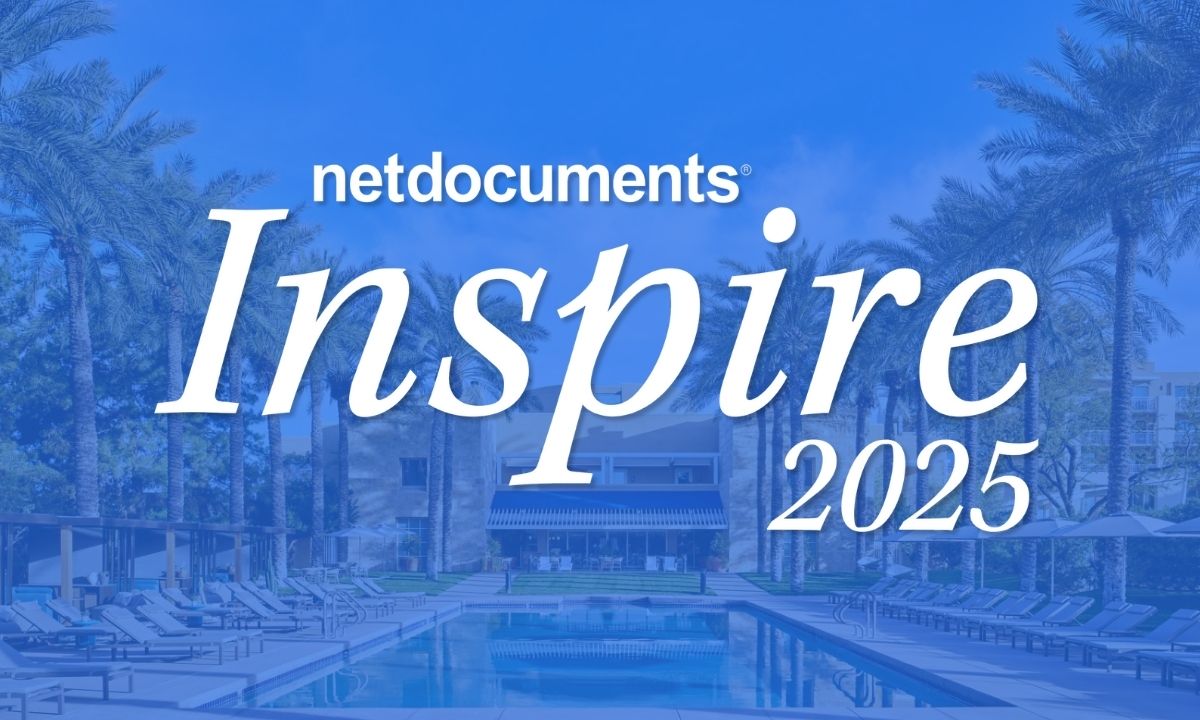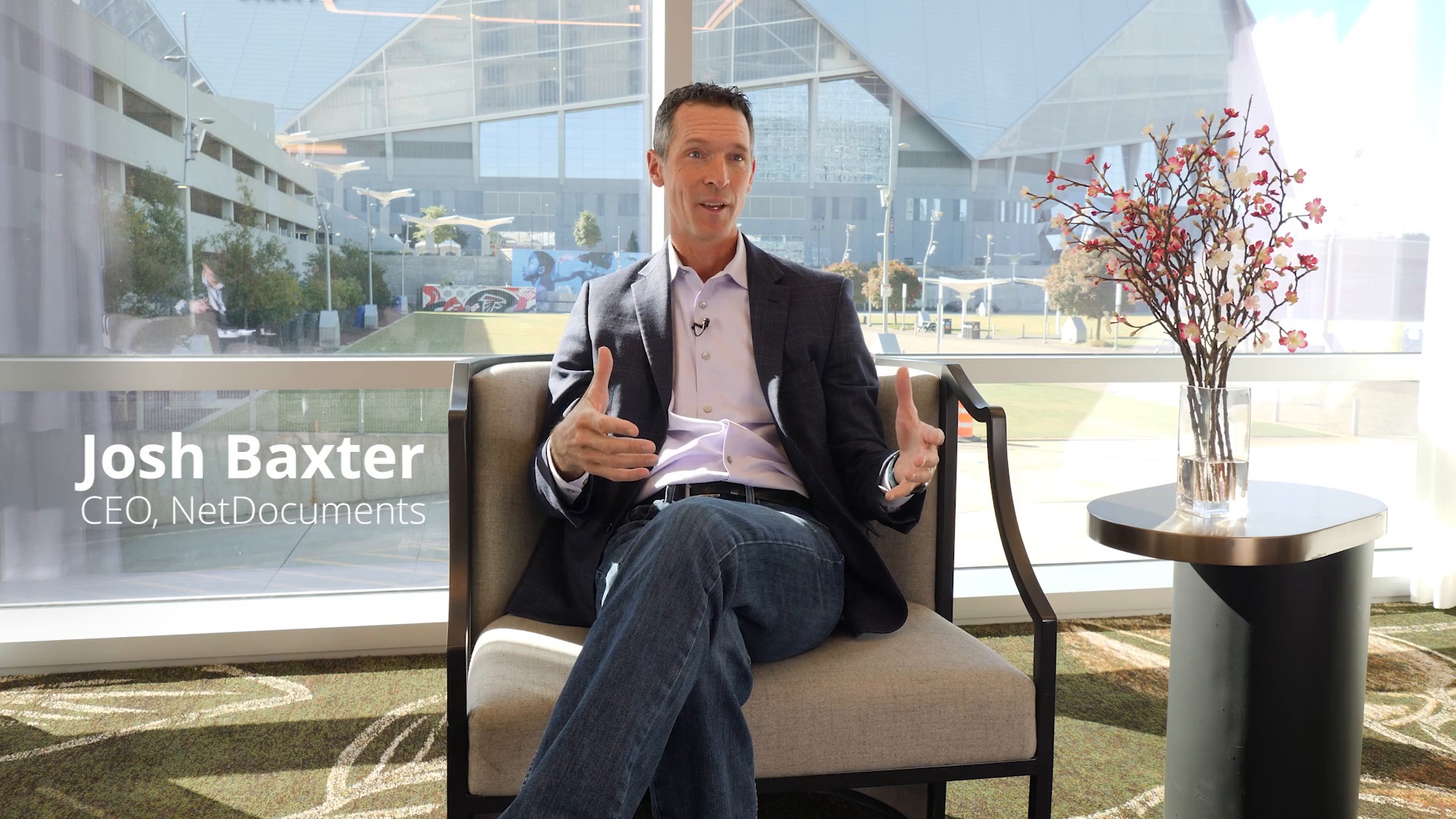
Legal Document & Knowledge Management Solutions
Intelligent productivity tools changing the way lawyers work.
Go beyond getting organized with an intelligent document management system (DMS) that helps legal professionals find exactly what they need, collaborate internally and externally, automate repetitive work, and use AI to tap into the knowledge within their documents.
Transforming legal work with intelligent tools and features.
Cloud document management

An enhanced DMS with version control, auto-profiling, powerful search features, and a cloud-first experience that lets you easily find, organize, manage, and collaborate on documents from anywhere.
Collaboration & productivity

In addition to powerful collaboration features and document co-authoring, NetDocuments seamlessly integrates with your existing productivity tools, including email and Microsoft Teams.
AI-powered workflows

Access legal-specific AI apps designed to help you with document automation, find what you’re looking for with intelligent AI-powered search, and other time-saving automations.
Simplify document management
As a cloud-first solution, NetDocuments makes it easier for legal teams to find, create, manage, and securely collaborate on documents with both internal and external stakeholders from anywhere, on any device.

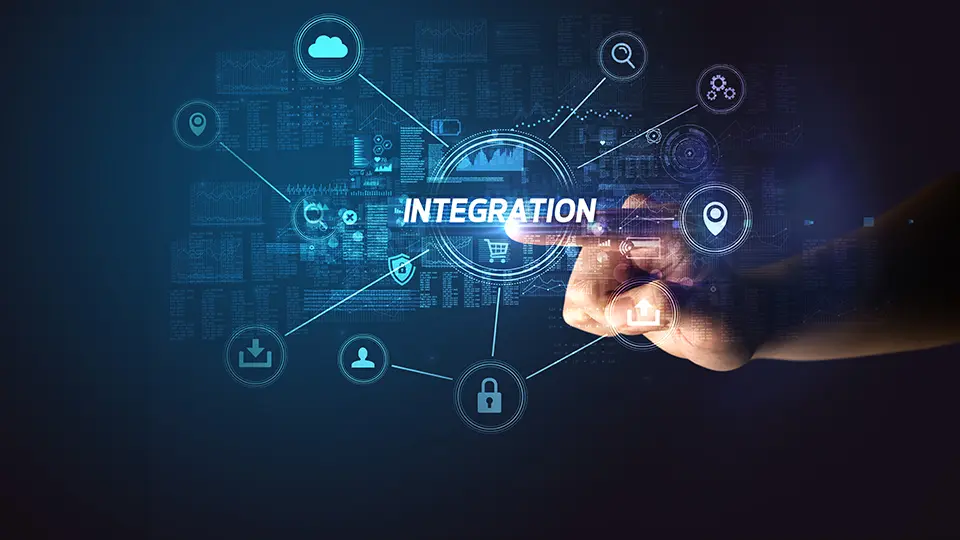
Connect 150+ technologies
NetDocuments connects with your email and favorite productivity tools so any relevant conversations and files saved in Outlook, Gmail, or Microsoft Teams can be easily filed and searchable by project, client, and matter directly into your DMS.
Rethink knowledge management
Discover AI-powered legal knowledge management, with tools for automating extracting the data and experience captured within your legal documents and emails.


Boost productivity with AI
With responsible AI features for legal document automation, you can instantly draft, review, and summarize documents so you can spend less time on tedious tasks and more time with your clients.
Discover a smarter way to work
Here are some popular features.
Powerful Search
NetDocuments’ powerful search capabilities uses optical character recognition (OCR), smart email filing, document auto-profiling, and more so you can find exactly what you need in seconds.

Automated Workflows
Leverage embedded legal AI capabilities to automate the tedious, time-consuming tasks that eat up your day, all without needing additional third-party tools.

Legal AI Assistant
Tap into your firm’s institutional knowledge by using AI to directly ask questions of your documents and get instant reliable answers. Need a place to start? Use one of our pre-built prompts.

Collaboration Tools
Make it easier to securely access, revise, and version your documents and work with teams and clients on legal matters and projects with tools like co-authoring, DocuSign eSignature, Microsoft Teams integration, and more.

Seamless Integrations
Whether you work in Microsoft 365 applications like Word, Outlook or Teams, or want your DMS to connect with your existing legal tech stack, NetDocuments has over 150 integrations to make it easy to find everything in one place and meet you where you work.

customer stories
See what customers are saying…
“Efficiency, ease of use, and the ability to improve day-to-day work for our lawyers were key factors in the decision to choose NetDocuments.”

Robert Holloway
Ballard Spahr
“With NetDocuments, we’re not starting from scratch every time we work on something. It’s fantastic for us.”

Nicole Adams
University of Dayton
Resources
Level up with these resources
-
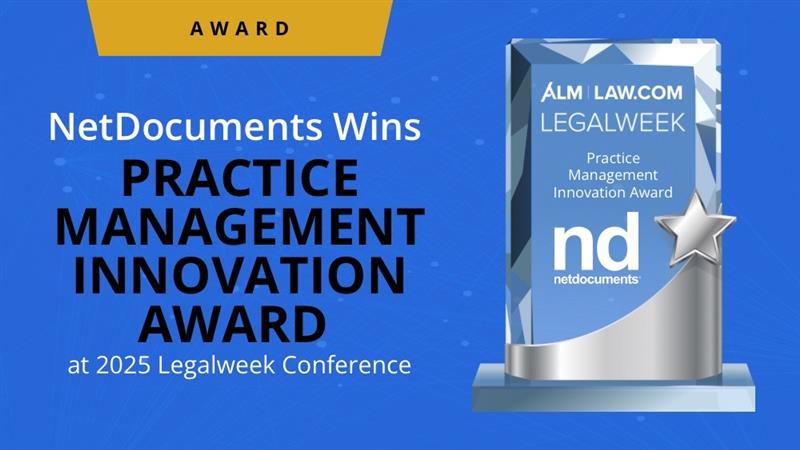
- Blog
NetDocuments Wins Practice Management Innovation Award at 2025 Legalweek Conference
NetDocuments is proud to announce a new accolade for our intelligent…
-
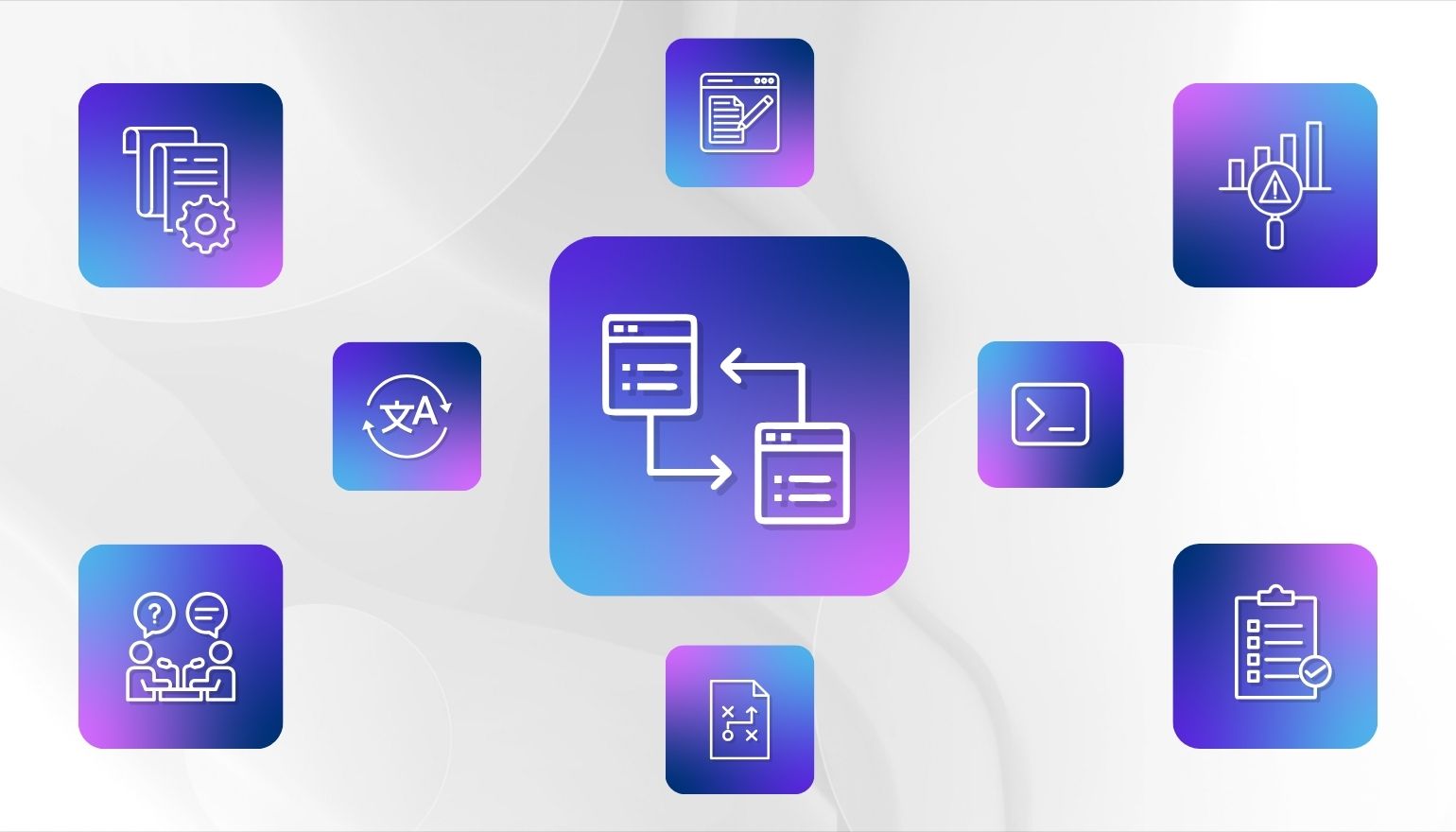
- Blog
Ready-to-Go AI Apps for Legal Use Cases Available Now in the New ndMAX Studio
Legal professionals are looking for smarter, faster, secure ways to harness…
-
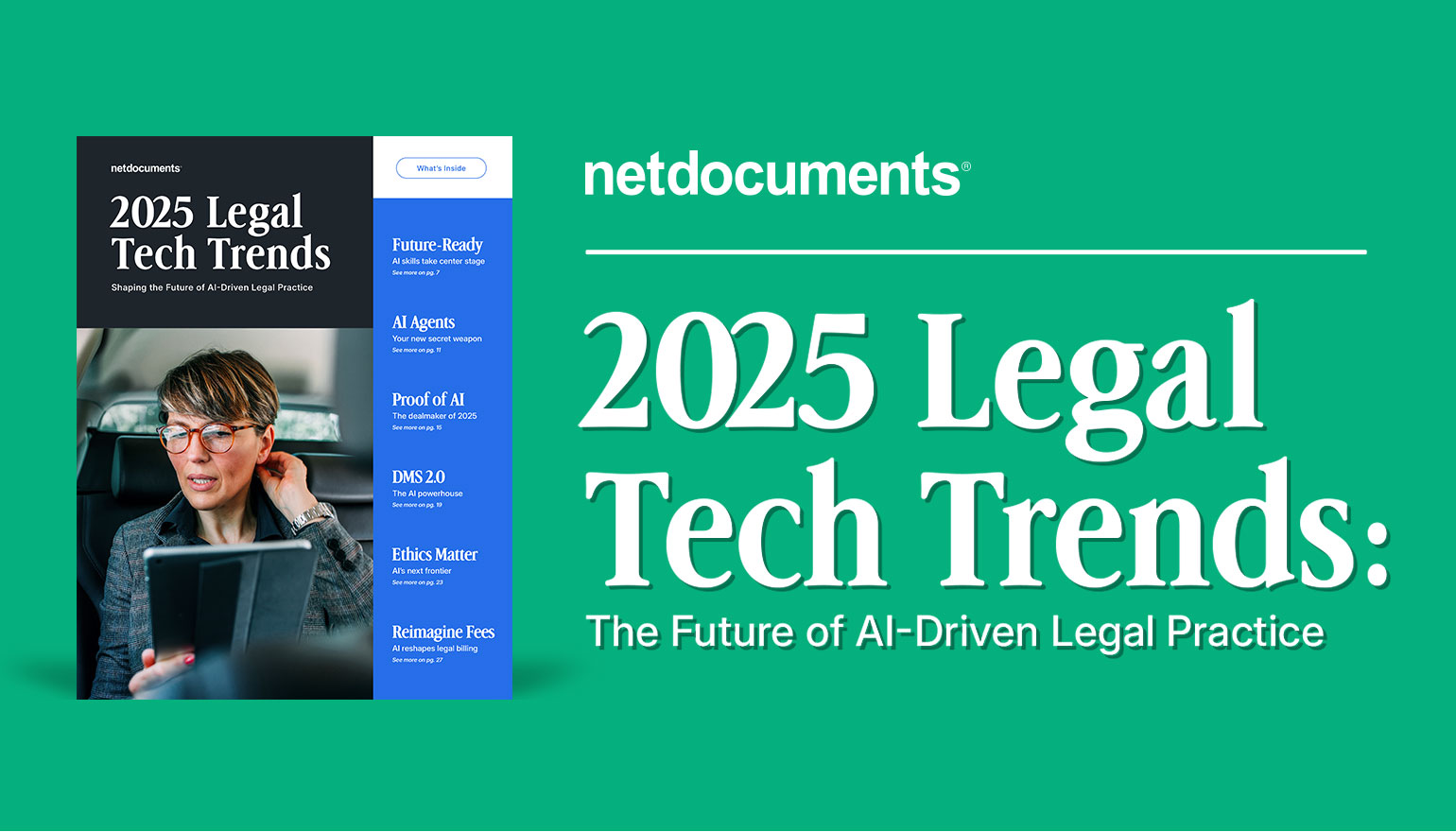
- Blog
AI-Driven Legal Tech Trends for 2025
With 79% of law firm professionals now incorporating AI tools into…
-
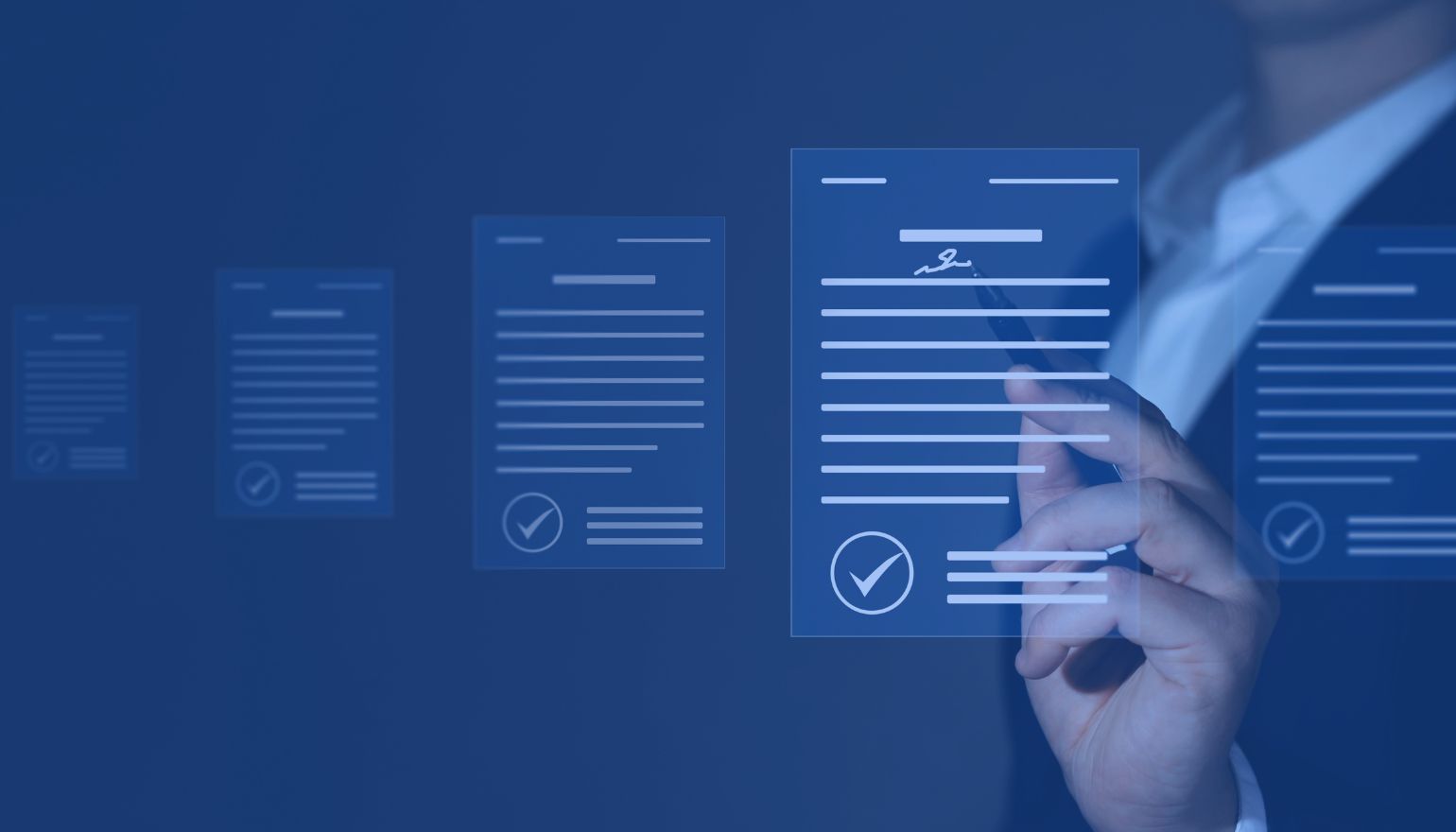
- Blog
Convincing Corporate IT That Legal Really Is Different: Making the Case for Corporate Legal Department Software
Explore the unique challenges legal operations leaders face in advocating for…
NETDOCUMENTS


